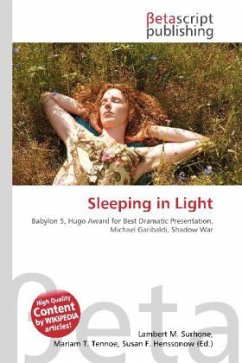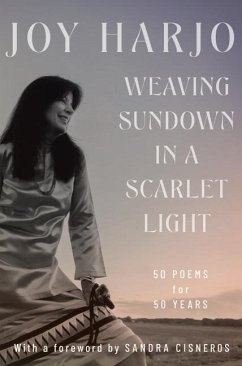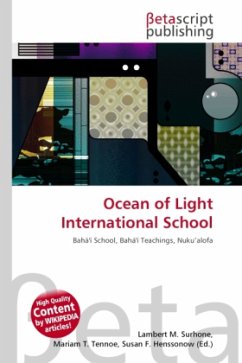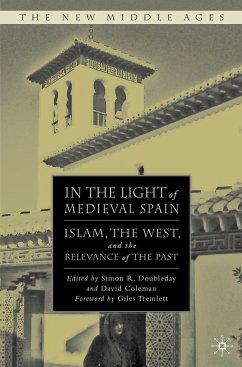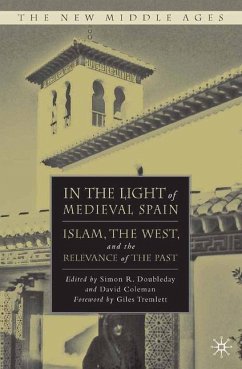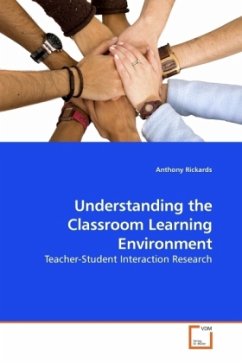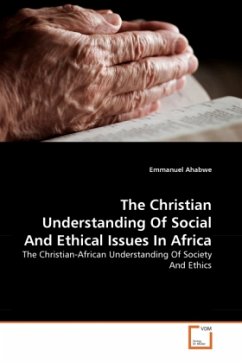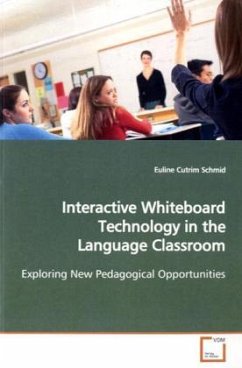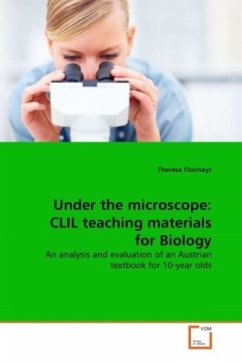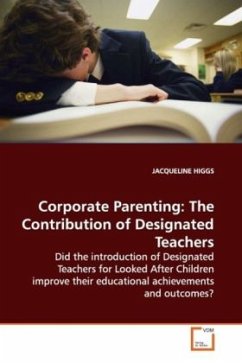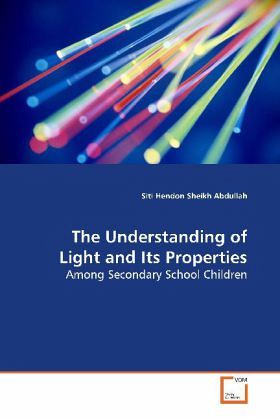
The Understanding of Light and Its Properties
Among Secondary School Children
Versandkostenfrei!
Versandfertig in 6-10 Tagen
49,00 €
inkl. MwSt.

PAYBACK Punkte
0 °P sammeln!
The book decribes the findings of a study conducted on selected Malaysian secondary school student to find out their understanding of light and its properties. The Interview-About-Instances (IAI) method was used for data collection. The students in the study were given diagrams to represent instances related of light and its properties. Their verbatim responses were analyzed, transcribed and categorized. The findings of the study indicated that some students were able to use the light exists and propagates in space model to explain light phenomenon. It also identified students'' misconceptions...
The book decribes the findings of a study conducted
on selected Malaysian secondary school
student to find out their understanding of light
and its properties. The Interview-About-Instances
(IAI) method was used for data collection. The
students in the study were given diagrams to
represent instances related of light and its
properties. Their verbatim responses were analyzed,
transcribed and categorized. The findings of the
study indicated that some students were able to use
the light exists and propagates in space model to
explain light phenomenon. It also identified
students'' misconceptions of light when they were
required to explain situations related to light
propagation, vision, reflection and refraction. The
misconceptions, categorised as the visual
rays'' idea, light going ''to and fro'' between the
object and the eyes, separating light behavior from
vision process and giving ''concrete answers'' were
discussed in the book.
on selected Malaysian secondary school
student to find out their understanding of light
and its properties. The Interview-About-Instances
(IAI) method was used for data collection. The
students in the study were given diagrams to
represent instances related of light and its
properties. Their verbatim responses were analyzed,
transcribed and categorized. The findings of the
study indicated that some students were able to use
the light exists and propagates in space model to
explain light phenomenon. It also identified
students'' misconceptions of light when they were
required to explain situations related to light
propagation, vision, reflection and refraction. The
misconceptions, categorised as the visual
rays'' idea, light going ''to and fro'' between the
object and the eyes, separating light behavior from
vision process and giving ''concrete answers'' were
discussed in the book.



